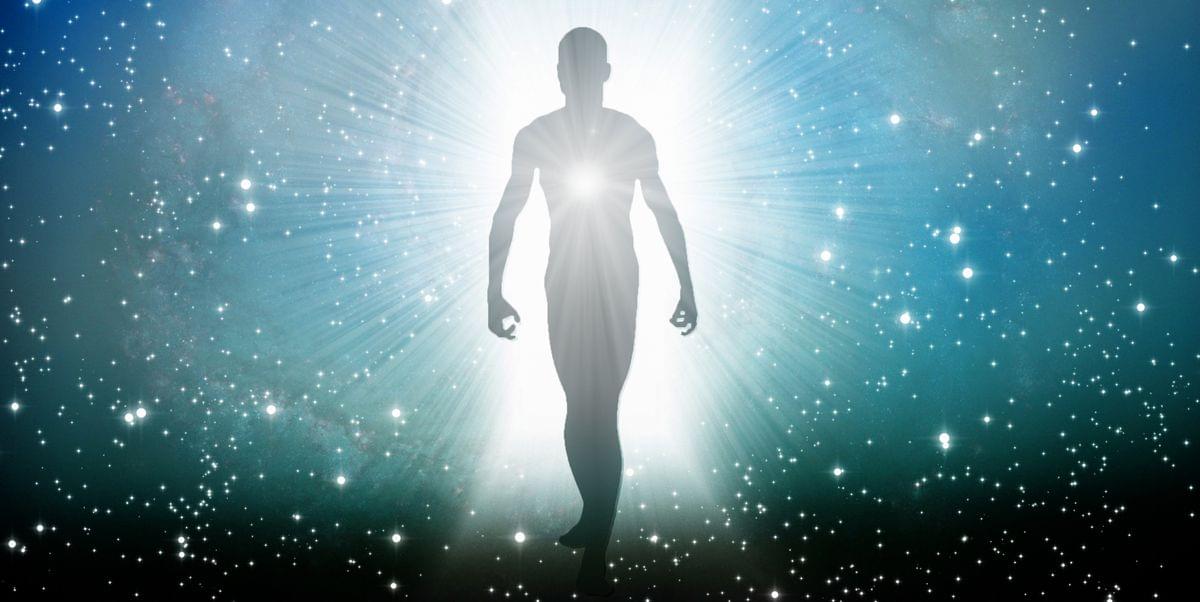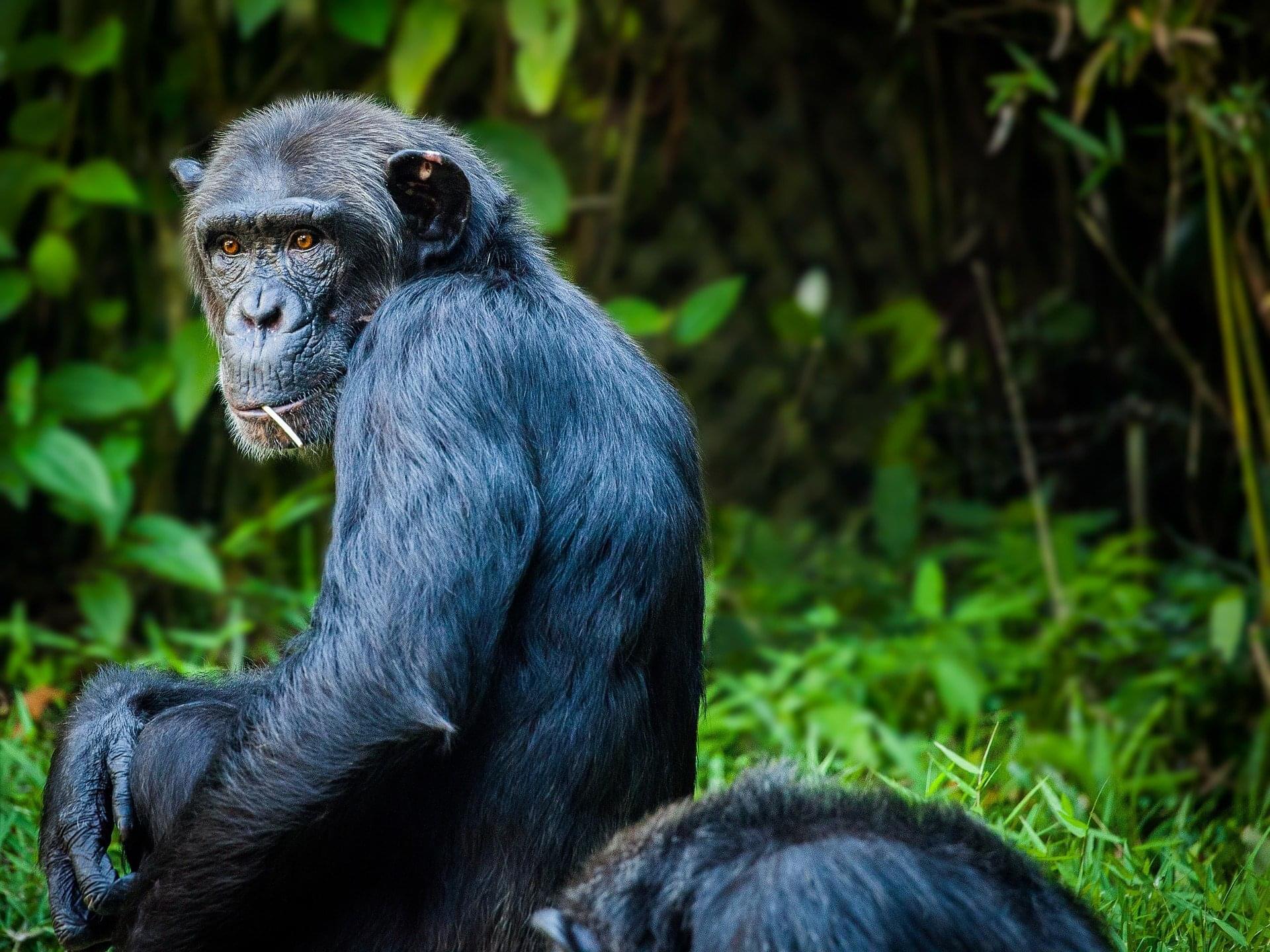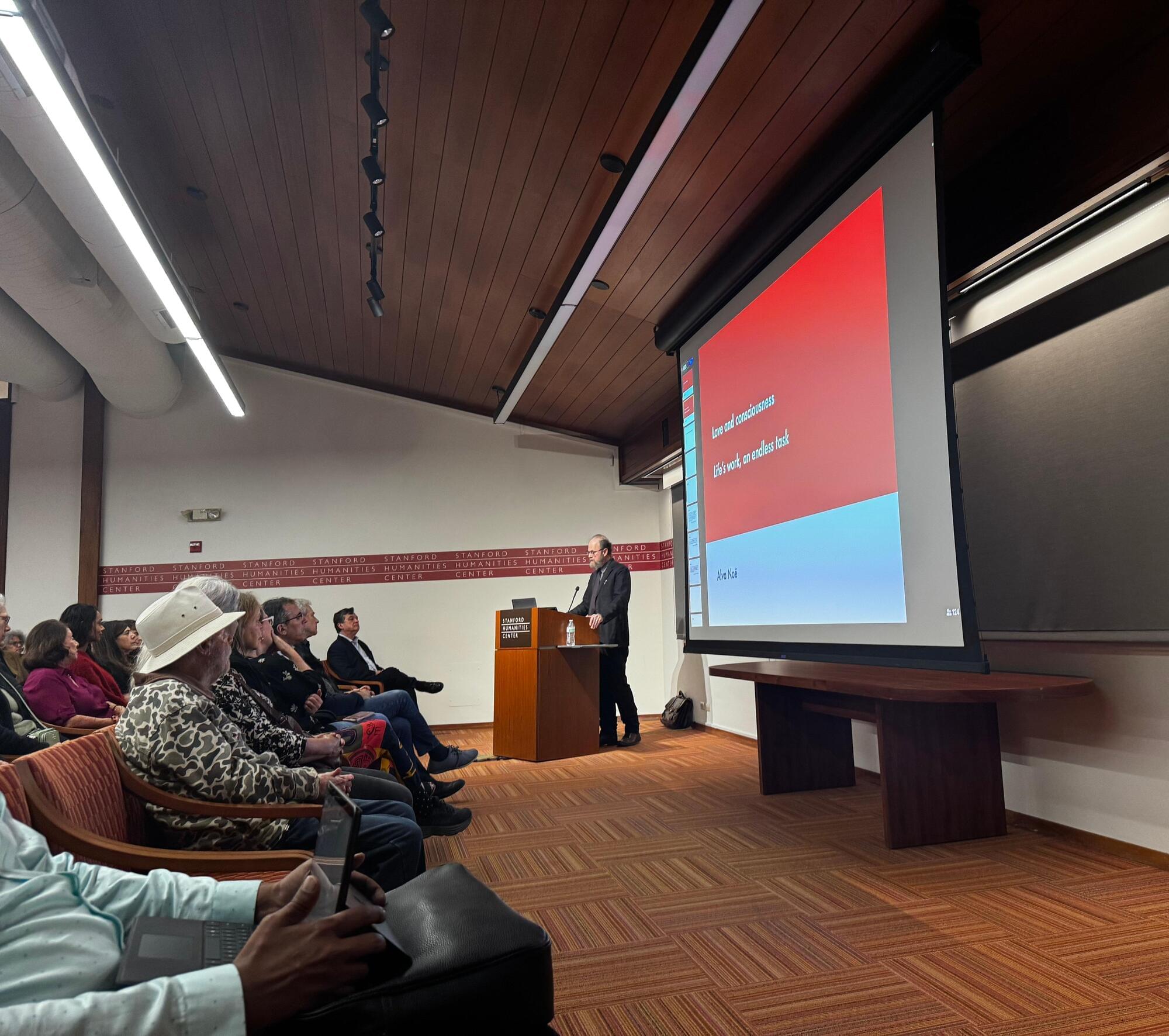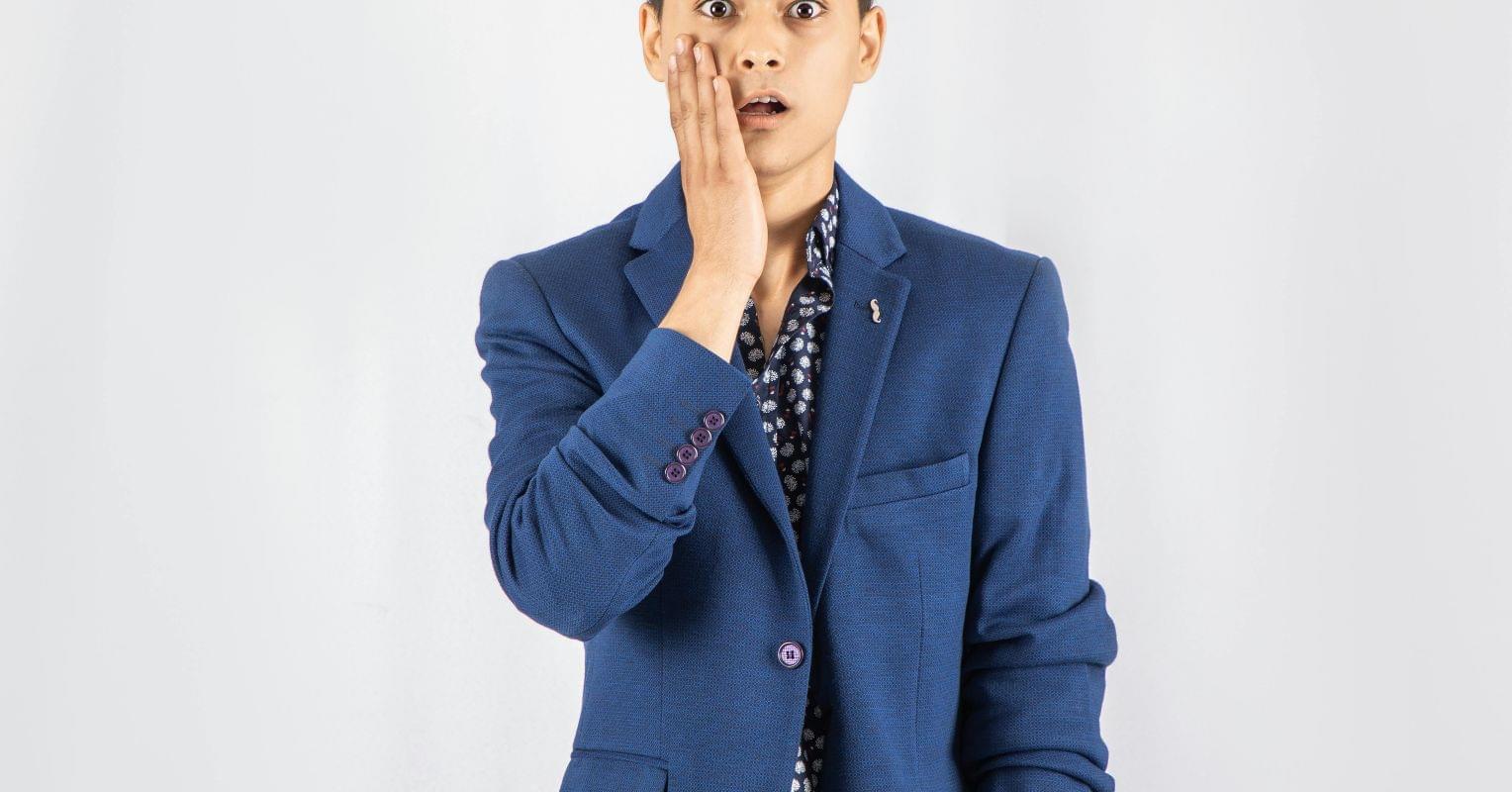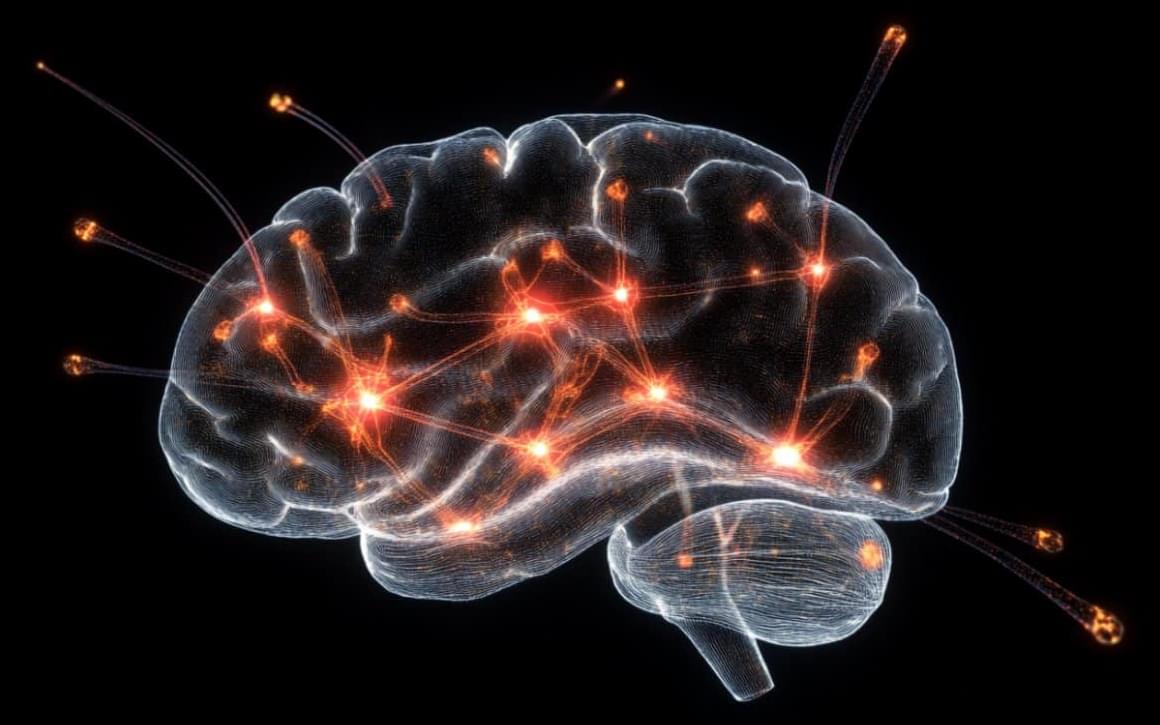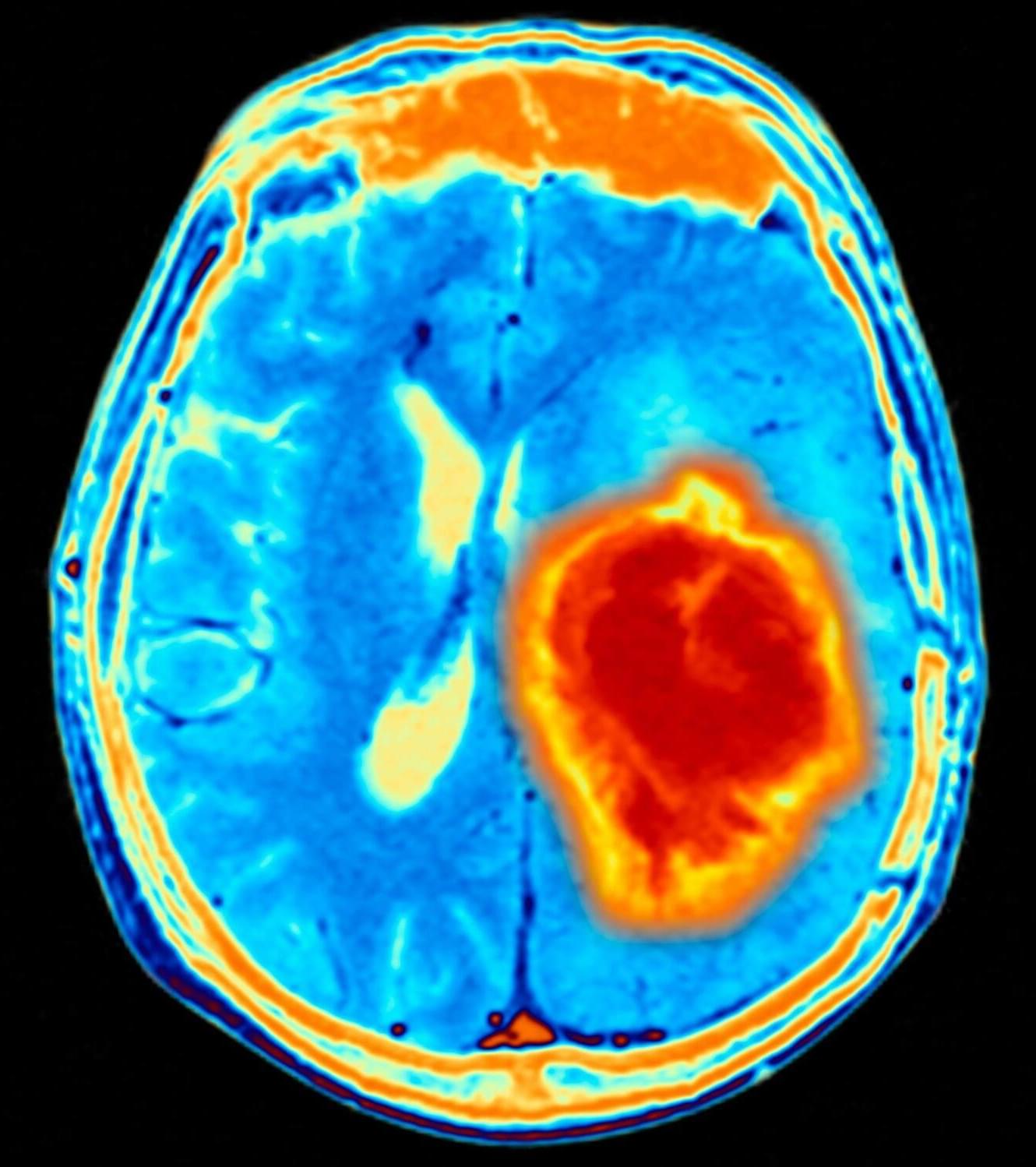“I think, therefore I am,” René Descartes, the 17th-century French philosopher and mathematician, famously wrote in 1637. His idea was straightforward: even if your senses, the world, or your body deceives you, the very act of thinking proves you exist because there’s a thinker doing the thinking. Cogito, ergo sum, as the phrase goes in Latin, cemented the way the Western world would continue to define the self for the next 400 years—as a thinking mind, first and foremost.
But a growing body of neuroscience studies suggest the father of modern thought got it backward: the true foundation of consciousness isn’t thought, some scientists say—it’s feeling. A massive international study published in Nature late last month is further driving the theory forward. That means “I feel, therefore I am” may be the new maxim of consciousness. We are not thinking machines that feel; we are feeling bodies that think. And it’s more than a philosophical debate, too. Determining where consciousness resides could reshape life-or-death decisions and force society to rethink who, or what, truly counts as being self-aware.
The experiment used a rare “adversarial collaboration” model, bringing together scientists with opposing views to test two major theories of consciousness: integrated information theory (IIT) and global neuronal workspace theory (GNWT). Put simply, IIT says consciousness arises when information in the brain is deeply connected, especially in the back of the brain. GNWT argues that consciousness arises when the front of the brain broadcasts important information across a wide network, like a brain-wide alert.
